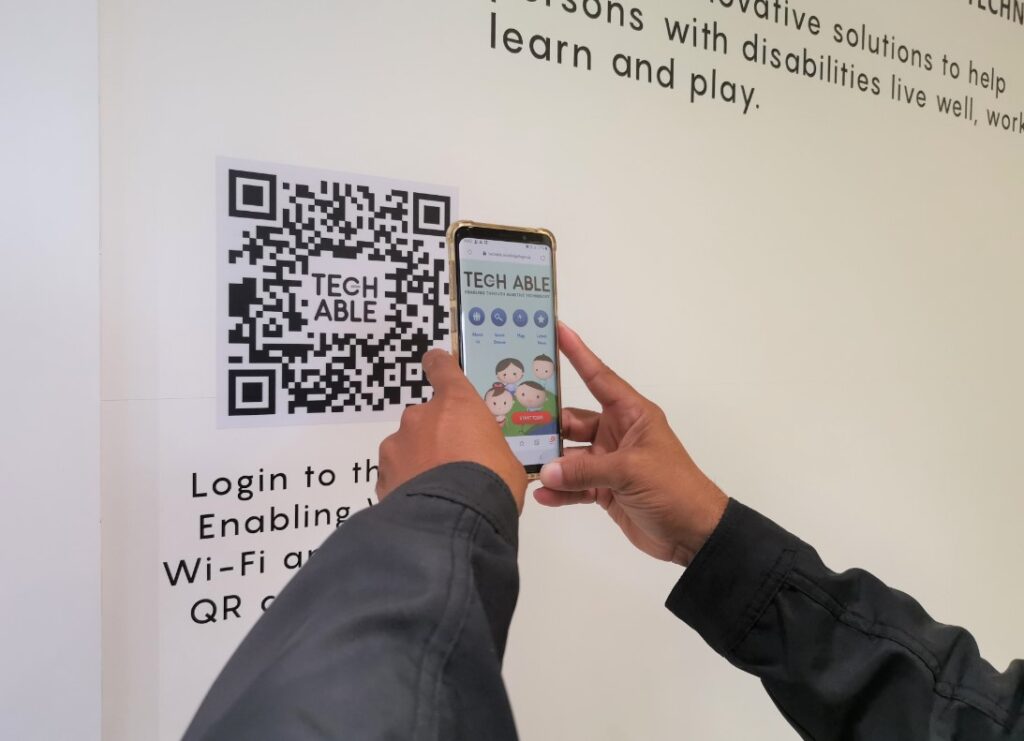
QR codes have become an integral part of our daily lives, offering a convenient way to access information and services. However, ensuring accessibility for all individuals, including those with disabilities, is essential for promoting inclusivity and equal participation. It is imperative to prioritize the accessibility of QR codes to ensure that everyone can benefit from their functionalities.
Accessibility barriers may arise due to factors such as visual impairments, motor disabilities, or cognitive limitations, making it difficult for individuals to interact with QR code-enabled content effectively. Addressing these challenges requires a holistic approach that considers the diverse needs and abilities of users.
To make QR codes more accessible, developers can leverage the capabilities of the QR generator tools available. By utilizing the best free QR code generator software, developers can ensure that QR codes are accessible to all individuals, regardless of their abilities or limitations.
Table of Contents
Enhancing Visual Accessibility
For individuals with visual impairments, accessing information encoded in QR codes can be challenging. To improve visual accessibility, QR code designers can implement the following strategies:
- Contrast and color ─ Utilizing high-contrast colors and ensuring sufficient color differentiation between the QR code and its background enhances readability for individuals with low vision.
- Text equivalents ─ Providing text equivalents for QR code content, such as descriptive labels or alternative text, enable screen readers to convey information to users with visual impairments.
- Tactile codes ─ Creating tactile versions of QR codes with raised patterns or braille labels allows individuals who are blind or have low vision to access information through touch.
Ongoing efforts to raise awareness about accessibility considerations and provide resources for implementing inclusive design practices are crucial for fostering an inclusive digital environment.

Source: enablingguide.sg
Facilitating Physical Accessibility
Motor disabilities can also impact an individual’s ability to interact with QR codes, particularly in scenarios requiring precise movement or coordination. To address physical accessibility challenges, QR code implementations can incorporate the following considerations:
- Size and placement ─ Designing QR codes of sufficient size and placing them in accessible locations ensures that individuals with motor impairments can scan them comfortably without straining or exerting excessive effort.
- Scanning apps ─ Offering QR code scanning apps with customizable settings, such as adjustable sensitivity or voice command options, accommodates users with motor disabilities by providing flexibility in scanning methods.
- Alternative input methods ─ Supporting alternative input methods, such as voice recognition or gesture-based controls, allows individuals with limited dexterity to interact with QR code-enabled content more easily.
By integrating these considerations into QR code implementations, developers can enhance the accessibility of QR codes and ensure that individuals with motor disabilities can participate fully in the digital world. This commitment to accessibility reflects a broader effort to create inclusive technology that benefits all users, regardless of their abilities or limitations.
Promoting Cognitive Accessibility
Cognitive disabilities, such as learning disabilities or attention disorders, can significantly impact an individual’s ability to process and understand QR code information. To promote cognitive accessibility, QR code designs and implementations can incorporate strategies that enhance comprehension and facilitate interaction for users with cognitive disabilities.
This includes presenting QR code content clearly and concisely to avoid overwhelming users with complex language or excessive information.
Additionally, incorporating visual cues, such as icons or symbols, alongside QR codes can help individuals with cognitive impairments better understand the purpose or context of the encoded information.
Furthermore, providing multi-modal feedback, such as audio notifications or haptic feedback, reinforces interactions with QR codes and supports users in understanding and navigating the associated content, ensuring a more inclusive experience for all users.

Source: qr-cloud.com
Embracing Inclusive Practices with QR Codes
Inclusivity is a key aspect of successful QR code implementation. ME-QR’s QR code generators go beyond basic functionality, offering options like color contrast adjustments and dynamic content that can be read by screen readers. This commitment to accessibility extends to user experience. ME-QR’s design considerations prioritize clear instructions and user-friendly interfaces, ensuring a smooth experience for everyone, regardless of technical expertise or ability level.
By embracing best practices and innovative technology like those offered by ME-QR, businesses, and organizations can create accessible QR code solutions. This fosters a more inclusive environment and ensures everyone can benefit from the convenience and information offered by QR codes.







